Few genetic disorders are as fascinating from a scientific standpoint—and as emotionally complicated—as sickle cell anemia. Similar to a message encoded in DNA, this disorder is silently transmitted from parent to child and frequently shows no symptoms until the biological blueprint is revealed. The disorder, which is inherited in an autosomal recessive pattern, requires the full expression of two mutated genes. One key won’t unlock the condition, but it will carry the trait. Imagine it like getting matching keys from both parents before a certain door can open.
The sickle cell anemia inheritance pattern is a very personal journey for families dealing with this reality, not just a biological riddle. Children of parents who are carriers of one defective hemoglobin gene have a 25% chance of inheriting the disease, a 50% chance of becoming carriers themselves, and a 25% chance of inheriting two healthy genes. These odds have the power to change entire generations; they are more than just numbers.
🧾 Quick Reference Table for WordPress (Sickle Cell Inheritance)
| Aspect | Description |
|---|---|
| Inheritance Type | Autosomal recessive |
| Gene Involved | Hemoglobin beta (HBB) gene on chromosome 11 |
| Parent Genotypes | Both must be carriers (HbAS) to risk HbSS in offspring |
| Child Outcomes (if both parents are carriers) | 25% unaffected, 50% carrier, 25% with disease |
| Trait vs Disease | Carriers (HbAS) have no disease but can pass the gene; Disease (HbSS) requires two abnormal genes |
| Common Ancestry Groups | African, Mediterranean, Middle Eastern, South Asian descent |
| Genetic Testing | Blood test or prenatal screening (amniocentesis, CVS) |
The Science Inside: Mutations, Hemoglobin, and Genes
The secret lies in hemoglobin, the protein in red blood cells that carries oxygen. Hemoglobin becomes “sticky,” resulting in stiff, sickle-shaped cells that have trouble passing easily through blood vessels, when the HBB gene is mutated. Although they usually have no symptoms, carriers—those who have only one copy of the gene—have a significant genetic impact. Their DNA silently carries the potential to transmit this condition, like a faint watermark on a family portrait.
Amazingly, the sickle cell trait has turned out to be surprisingly advantageous in regions where malaria is common, like parts of Africa and the Mediterranean. A genetic twist that has contributed to the trait’s persistence over generations is that carriers are noticeably resistant to severe malaria. It’s a powerful illustration of how evolution can simultaneously endanger and protect.
📊 The Inheritance Breakdown: A Genetic Gamble
Let’s say both parents are carriers. Here’s how each child’s odds shake out:
- 25% chance: Child inherits two sickle cell genes (HbSS) – has sickle cell disease.
- 50% chance: Child inherits one sickle cell gene (HbAS) – is a carrier.
- 25% chance: Child inherits no sickle cell genes (HbAA) – unaffected.
This probability resets with every pregnancy, making genetic counseling particularly important for families at risk. Like flipping a coin multiple times, the result may differ each time, but the odds remain constant.
🧪 Is It Possible to Carry Without Being Aware?
Yes, and that’s why awareness is so important. Because carriers (HbAS) frequently exhibit no symptoms, it is simple for the trait to go unnoticed across generations. Your carrier status can be determined with a straightforward blood test. Genetic screening can provide peace of mind and assist in navigating the next steps for couples who intend to have children, especially those from higher-risk ethnic backgrounds.
🌍 Who Is Most in Danger?
Although sickle cell anemia does not discriminate, certain ancestries are where its roots are most pronounced. The gene is statistically more prevalent in people of African, Caribbean, Middle Eastern, Mediterranean, and South Asian ancestry. About 100,000 people have sickle cell disease in the US alone, with 1 in 12 Black Americans having the condition.
🧠 Why It Matters: Awareness’s Power
Being aware of your genetic makeup is incredibly empowering. It transforms ambiguity into well-informed choices. Families can investigate proactive options, such as early intervention, prenatal planning, and even gene therapy trials that could soon completely transform the treatment landscape, by knowing the inheritance pattern of sickle cell anemia.
🚼 Genetic Guidance: A Lighthouse
Genetic counseling acts as a compass when it comes to family planning. Experts guide couples through their reproductive options and genetic risks. Giving families the information they need to more confidently shape their futures is the goal, not instilling fear.
Innovation Brings Hope
Medical science has the potential to revolutionize the way we treat and even cure sickle cell anemia in the years to come. Previously unthinkable paths are now remarkably effective thanks to groundbreaking research in stem cell transplantation and gene editing techniques like CRISPR. What was once thought to be a lifelong ailment is now being reframed as a disease that can be treated, and in certain situations, cured.
From Knowledge to Action
Fundamentally, sickle cell anemia is a profoundly personal tale that is expressed through genes rather than merely a diagnosis. By comprehending how it is inherited, we can break cycles, advance knowledge, and create healthier generations in addition to unlocking the science. Today’s wise decisions lay the groundwork for tomorrow’s innovations.
